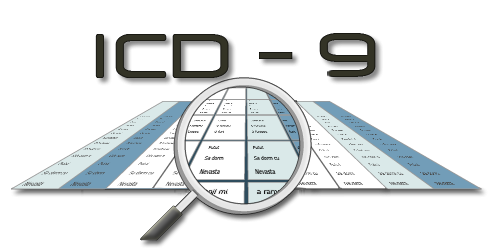A Better Way to Measure Claim Risk
Very powerful information residing in claims data is, for now, virtually ignored: diagnostic codes in the form of ICD-9s.|Very powerful information residing in claims data is, for now, virtually ignored: diagnostic codes in the form of ICD-9s.





